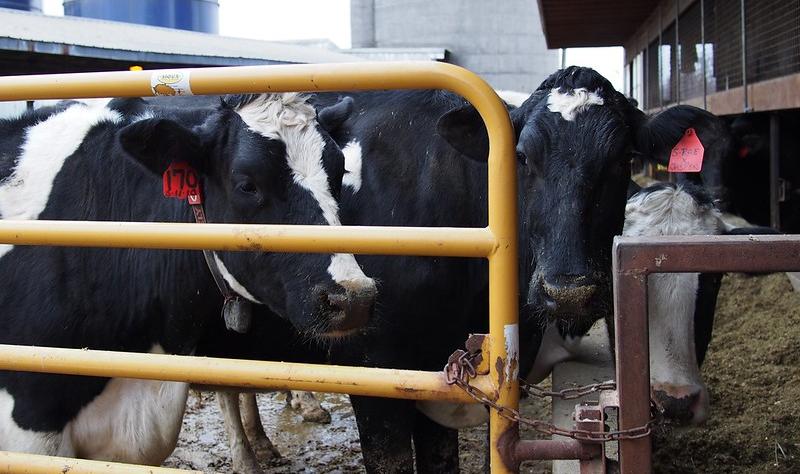
Since early 2022, a highly pathogenic strain of avian flu, H5N1, has infected both wild aquatic birds and domestic poultry in the United States. The virus has spread to cattle as well, with cases reported in 16 herds across six states. In Texas, a dairy worker was diagnosed with H5N1 after likely contracting it from cattle while experiencing only eye inflammation.
Avian flu is not new and originates in wild aquatic fowl, passing on to chickens, turkeys, and other domesticated birds. The H5N1 strain has already been detected in over 200 mammals including humans in the United States.
The Centers for Disease Control and Prevention (CDC) and the World Health Organization (WHO) are closely monitoring these developments. Livestock workers and owners of backyard flocks should take extra precautions, such as enhancing biosecurity protocols, preventing contact between domestic and wild birds, washing hands before and after handling birds, disinfecting boots and other supplies, not sharing equipment between coops or farms, giving birds well or municipal water to drink, and ensuring that wild animals can't access poultry feed.
The Michigan Department of Agriculture and Rural Development (MDARD) has reported seven occurrences of highly pathogenic avian influenza (HPAI) at commercial facilities in Michigan since 2022. The affected farm is under quarantine, and the birds will be depopulated to prevent further spread of the disease.
Avian flu can be spread directly by infected animals or indirectly through exposed items like equipment, feed, and clothing. Producers are asked to assess risks on their premises and tighten protocols as wild birds continue to migrate and conditions remain ideal for the virus to spread.
The USDA Animal and Plant Health Inspection Service (APHIS) has reported outbreaks in commercial poultry operations in Minnesota, New Mexico, Kansas, and Michigan. The latest updates from APHIS note a second outbreak in Ionia County poultry at a commercial table egg processor that has over 2.1 million birds.
The American Association of Bovine Practitioners (AABP) is trying to rebrand bird flu in cows as Bovine Influenza A Virus (BIAV). However, it's important to note that animal agriculture is a leading cause of deforestation and zoonotic diseases due to human-animal encounters. Long-distance transportation of cows for factory farms allows diseases to jump to new regions.
Public health authorities are closely monitoring the situation and advising producers and the public on necessary precautions. It's crucial that we remain vigilant in preventing further spread of this virus.



:no_upscale()/cdn.vox-cdn.com/uploads/chorus_asset/file/25391503/AvN2Q_eight_states_have_detected_bird_flu_in_dairy_cows.png)
